Antipyretics for children are prescribed by a pediatrician. But there are emergency situations for fever when the child needs to be given medicine immediately. Then the parents take responsibility and use antipyretic drugs. What is allowed to give to infants? How can you bring down the temperature in older children? What medicines are the safest?
Location. Found in all areas.
Habitat. Forms vast tracts of forests on poor sandy and sandy loam soils.
Part used. Needles, young shoots.
Collection time. Shoots are collected in May - June, needles - all year round.
Chemical composition. The needles and young shoots contain resin, essential oil, turpentine, starch, tannins, bitter substance pinicicrin, mineral salts, ascorbic acid, trace elements - manganese, iron; anthocyanins were found in the needles and bark. The composition of pine needle essential oil includes alpha-pinene, limonene, borneol, bornyl acetate, and cadinene. The seeds contain 26-32% fatty oil.
Properties of pine
The tree is of great industrial importance as a source of turpentine, tar, and rosin. Medical use is associated with the high content of essential oil (active principles - pinene, limonene, borneol, phytoncides and other substances) and vitamins in the plant. Infusion, decoction, tincture of pine buds, young shoots of pine trees or fresh, green cones have expectorant, diuretic, weak choleretic, antimicrobial and deodorizing properties. They are used in the treatment of bronchitis, pneumonia, bronchial asthma, in combination with other drugs - in the treatment of kidney stones and cholelithiasis, rheumatism, and skin diseases. An infusion of conifers is a good vitamin remedy for the prevention and treatment of scurvy. The extract and infusion of pine needles are used to prepare medicinal pine baths. In clinical medicine, turpentine, tar (included in ointments, liniments as an irritating, distracting, disinfectant), rosin and turpentine (for the preparation of plasters, cleol, ointments) are used; terpinhydrate (expectorant), charcoal (adsorbent), essential pine oil (refreshing, deodorant). Pine buds are included in breast teas No. 3 and 6.Methods of using pine
1. Pour 1 tablespoon of kidneys into 2 cups of boiling water, leave in a sealed container for 1-2 hours, strain. Take ¼ cup 3 times a day.2. 10% alcohol tincture of young green cones collected in the summer. Take 1 tablespoon 3 times a day.
3. 4 cups of cut fresh pine needles, pour 2.5 cups of boiled water at room temperature, add 2 teaspoons of diluted hydrochloric acid, leave in a dark place for 2-3 days; strain. Take 1 glass per day as an anti-scorbutic remedy.
4. Dried flowering pine pollen. Take 1 g (at the tip of a knife) 2-3 times a day before meals
5. Externally for baths: a) 25-50 g of pine buds per baby bath; b) 0.5-1 kg of young pine shoots per 3 liters of boiling water. Use for local baths or pour caste into a general bath.
It should be remembered that pine essential oil has an irritating effect, and taking plant preparations orally in large doses can cause inflammation of the mucous membrane. gastrointestinal tract, kidney, headache, general malaise.
> >Scots pine root system
Scots pine root system
Cones at Scotch pine They sit, as a rule, singly (this is typical of trees with a predominance of male “inflorescences”) or in whorls of three or four (mainly on trees with a predominance of female “inflorescences”). Only on "women's" pine trees ordinary sometimes form clusters of ten to fifteen cones.
Best time to collect seeds Scotch pine- this is October, at this time the seeds are fully ripe, and their flight has not yet begun, and there is still no snow cover and therefore does not make it difficult to collect pine cones. At such a time, seed germination Scotch pine, as a rule, exceeds ninety and even ninety-five percent. With proper storage of pine seeds, their germination capacity remains for four to five years, although it decreases over the years.
Scots pine famous as one of the most light-loving breeds trees. The photophilia of Scots pine, like other tree species, changes with age. Trees are most shade-tolerant in the first years of their life. However, it is precisely at such a time that shade tolerance pines ordinary is noticeably affected by the characteristics of the soil, since with a better supply of water and nutrients, the main part of the light falling on the needles is absorbed. In Scots pine this characteristic feature is especially clearly expressed. With equal illumination, juvenile growth pine trees under the forest canopy, the more arid and poor the soil is expressed, the more oppressed it is.
Due to the great plasticity of the root system, pine trees can grow on soils of completely different fertility. Tree root system pines more thermophilic than other conifers. According to observations made in Transbaikalia, pine roots begin to grow only at a temperature of plus four or plus five degrees Celsius, and the roots of Siberian spruce begin to grow at a temperature of zero degrees, and the root system of Gmelin larch - even at a temperature slightly below zero.
The thermophilic nature of the root system of pine trees is associated with its rare occurrence in moss swamps, since permafrost disappears very slowly under a layer of moss. The root system of Scots pine is quite sensitive to the degree of standing soil water. With an increase and decrease in this level by more than twenty centimeters, 100-year-old pines begin to dry out. Young pines are more resilient. For this reason, when forests are flooded due to hydroelectric reservoirs, it is the pine forests that dry out first.
Pinus sylvestris
Add to bookmarks:
Species of the genus Pine from the Pine family. It grows naturally in Europe and Asia.
It is a medium-sized tree up to 25-40 m in height. The tallest pines grow on the southern coast of the Baltic Sea, their height reaches 45-50 m. The annual growth is 12 cm. At a young age it has a cone-shaped crown, at a more mature age it is round, wide, with branches growing horizontally in whorls. Escapes single-headed, green at first, turning gray-light brown by the end of the first summer. Branches are arranged in 4-5 pieces and fan out, located at the same level around the trunk. Such whorls rise to the very top.

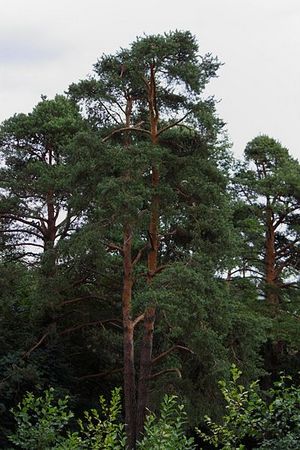
It has a plastic root system, which depends on the structure and nature of the soil in which the tree grows. There are 4 types of root system of Scots pine: a powerful root system with a tap root and several lateral roots (typical for fresh and well-drained soil); powerful root system with a weakly expressed taproot and highly developed lateral roots that grow parallel to the soil surface (dry soil with deep groundwater); weakly expressed root system of numerous branched short branches (waterlogged soils - swampy and semi-marsh places); a dense, shallow root system, which is a kind of “brush” (dense soil with deep groundwater).
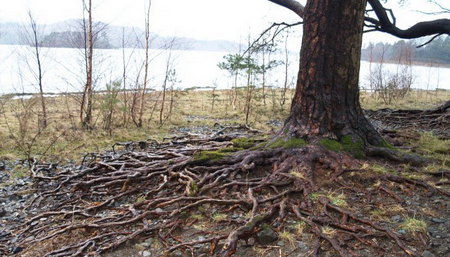
In dense plantings the trunk is erect, slender, even and highly cleared of branches. In sparse or single plantings the tree grows less tall and the trunk more knotty. The bark in the lower part is thick, red-brown or gray, furrowed, in the middle and upper part and on large branches it is yellowish-red, almost smooth, thin with peeling plates.
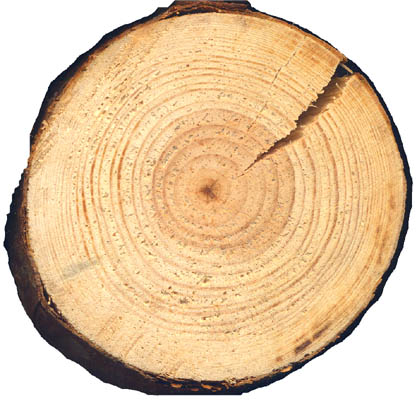
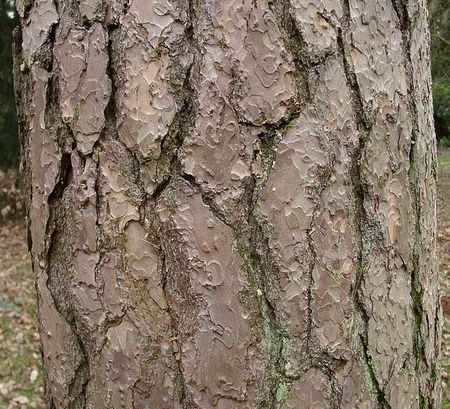
Needles dark green in color, located 2 in a bunch, the length of the needles is 4-7 cm. The needles are convex on top, hard, flat, and pointed below. The needles remain on the tree for 2 years. The needles fall off along with the shortened shoots, which are arranged in a spiral on the main and side shoots. The structure of shortened shoots is complex - a short stem up to 2 mm, 2 needles, between which there is a dormant bud. It also has two types of scales that tightly cover the shoot. These scales represent failed reduced leaves. They are noticeable only in early spring, later they dry out and fall off.
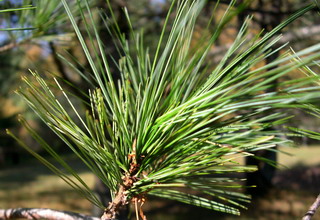
Kidneys reddish-brown in color, elongated-ovoid in shape, pointed, 6-12 mm in length, resinous, located whorled around the terminal bud at the ends of the shoots. Sometimes they form on the side of shoots, but then they do not form branches.
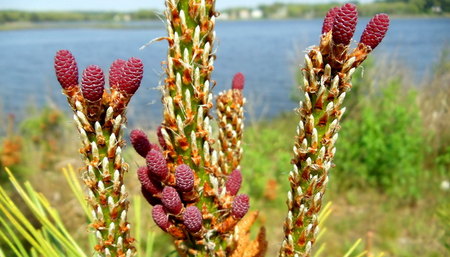
The plant is monoecious. Male cones are collected in spike-shaped inflorescences, which consist of separately sitting cones, 8-12 cm in length, yellow or pink. Female cones are 3-6 cm long, cone-shaped, symmetrical, arranged singly or in groups of 2-3, light green or light brown when ripe, matte. They ripen in October-November, 20 months after pollination. The seeds are black, 4-5 mm in length, the wing is membranous, 12-20 mm in length.
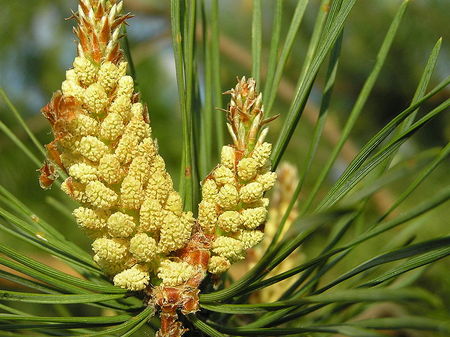
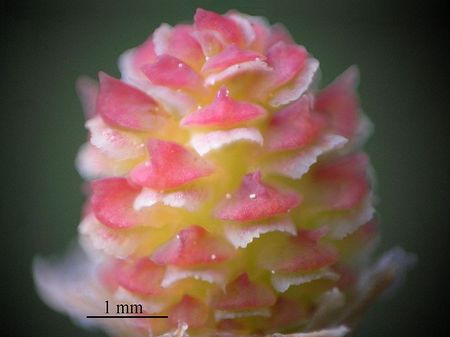
Frost resistance zone 4. Drought resistant.
Forms:"Watereri", "Alba", "Aurea", "Globosa Viridis", "Compressa", "Tastigiata", Lapland (f. lapponica); Riga (f. rigensis); Siberian (f. sibirica); cretaceous (f. cretacea); Kulundinskaya (f. kulundensis); Scottish (f. scotica); columnar compact (f. columnaris compacta), pyramidal blue (f. ruramidalis glauca); weeping (f. pendula); twisted (f. tortuosa), Geneva (f. genevensis), small (f. pumila), dwarf (f. pygmaea), umbrella (f. umbraculifera), variegated (f. variegata), snow (f. nivea), silver (f. Argentea).
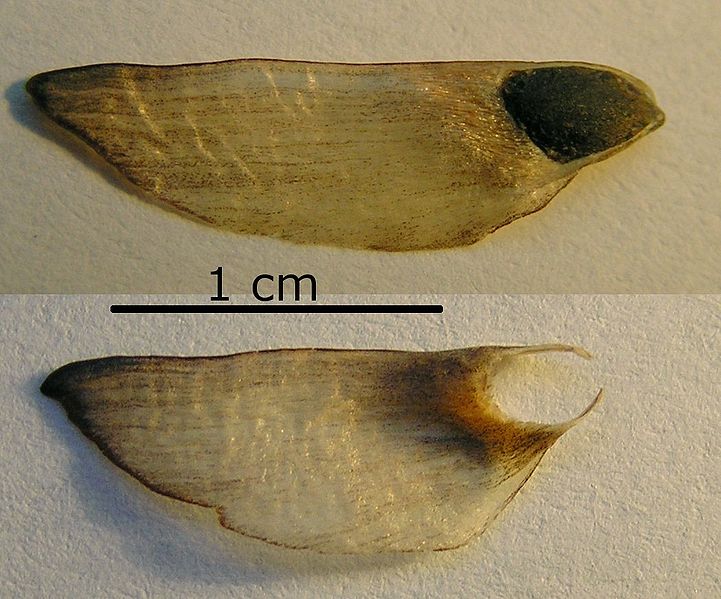
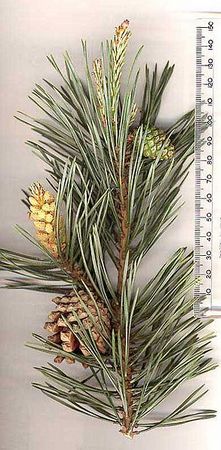
Location: light-loving, undemanding to soil fertility, does not like compaction. Does not tolerate air pollution and soil salinity. Does not suffer from heat and drought, and is wind-resistant. Grows well in breathable sandy soils. Low requirements for moisture.
Landing: Planting is recommended between November and February. The depth of the planting hole is 0.8-1 m. The distance between plants is 3-4 m. On heavy soils with excess moisture, it is recommended to make drainage 20 cm thick. Soil mixture: sand, peat and topsoil in a ratio of 2:1:1 - for planting in soil with a neutral reaction. For acidic soils, add 200-300 g of lime to the pit. Superphosphate 150g/hole is added to the planting mixture, and phosphorus-potassium fertilizers are added in the fall.
Care: In the second year after planting, it is necessary to apply complex fertilizer, and in the 2nd half of summer - phosphorus-potassium fertilizers 40-50 g per 10 liters of water.
Pruning: sanitary pruning. When formative pruning, it is recommended to remove no more than 1/3 of the green mass. To increase the density of the crown, a third of the current year's growth is removed, while maintaining the shape of the crown. You cannot leave bare branches without needles. Formative pruning should not be carried out earlier than a year after planting. It is recommended to prune from early spring to late autumn.
Diseases: rust, pine spinner, rust cancer (seryanka tar cancer), scleroderriosis (umbrella disease), Schutte, bark necrosis.
Pests: pine aphids, hermes, pine scale insects, pine scale insects, pine bedbug, spider mites, red pine sawfly, pine silkworm, pine shoots, pine moth, pine cutworm, pine leaf miner, pine pine moth, pine pine moth, pine bast moth, large and small pine bast ed, pine longhorned beetle, pine borer, pine elephant, pinpoint tar.
Reproduction: propagates by seeds, which are sown in the ground in early spring, but can also be done in autumn. Seeds must be pre-stratified for a month. Seedlings are grown on sandy loam and light clay soils. Rarely on sandy ones.
Usage: Used in forest plantations, parks, for landscaping countryside medical institutions, in groups, mixed groups and alone. Wood is used in construction and for making a variety of crafts. The resin is used to make turpentine, rosin, tar and wood vinegar. Buds, needles, young shoots, cones are widely used in medicine. Widely used as bonsai material.
They occupy only 0.57% of the total forested area of the Far East. Wood reserves in forests account for an even smaller share of the total reserves of Far Eastern forests - 0.55%.
The main forest areas (about 75%) are concentrated in the Amur region. The Khabarovsk Territory accounts for less than 25%. The pine forests of Primorye, where, by the way, only funerary pine grows in natural conditions, make up only 0.12%. In the Magadan and Kamchatka regions, the tree does not occur in natural conditions. As for the Sakhalin region, 400 hectares are occupied by pine crops. IN last years Artificial cultivation began in Kamchatka.
Grape
In gardens and personal plots, you can choose a warmer place for planting grapes, for example, on the sunny side of the house, garden pavilion, or veranda. It is recommended to plant grapes along the border of the site. The vines formed in one line will not take up much space and at the same time will be well lit from all sides. Near buildings, grapes must be placed so that they are not exposed to water flowing from the roofs. On level areas it is necessary to make ridges with good drainage due to drainage furrows. Some gardeners, following the experience of their colleagues from the western regions of the country, dig deep planting holes and fill them with organic fertilizers and fertilized soil. The holes, dug in waterproof clay, are a kind of closed vessel that is filled with water during the monsoon rains. In fertile soil, the root system of grapes develops well at first, but as soon as waterlogging begins, it suffocates. Deep holes can play a positive role on soils where good natural drainage, permeable subsoil is provided, or reclamation artificial drainage is possible. Planting grapes
You can quickly restore an outdated grape bush using the layering method (“katavlak”). For this purpose, healthy vines of a neighboring bush are placed in grooves dug to the place where the dead bush used to grow, and covered with earth. The top is brought to the surface, from which a new bush then grows. Lignified vines are laid on layering in the spring, and green ones - in July. They are not separated from the mother bush for two to three years. A frozen or very old bush can be restored by short pruning to healthy above-ground parts or by pruning to the “black head” of an underground trunk. In the latter case, the underground trunk is freed from the ground and completely cut down. Not far from the surface, new shoots grow from dormant buds, due to which a new bush is formed. Neglected and severely frost-damaged grape bushes are restored due to stronger fatty shoots formed in the lower part of the old wood and the removal of weakened sleeves. But before removing the sleeve, a replacement is formed. Grape care
A gardener starting to grow grapes needs to thoroughly study the structure of the grapevine and the biology of this interesting plant. Grapes are vine (climbing) plants and require support. But it can spread along the ground and take root, as is observed with Amur grapes in a wild state. The roots and aboveground part of the stem grow quickly, branch strongly and reach large sizes. Under natural conditions, without human intervention, a branched bush of grapes grows with many vines of different orders, which begins to bear fruit late and produces crops irregularly. In cultivation, grapes are shaped and the bushes are given a shape that is easy to care for, ensuring a high yield of high-quality bunches. Vine Planting lemongrass
Schisandra chinensis, or schisandra, has several names - lemon tree, red grapes, gomisha (Japanese), cochinta, kozyanta (Nanai), kolchita (Ulch), usimtya (Udege), uchampu (Oroch). In terms of structure, systemic relationship, center of origin and distribution, Schisandra chinensis has nothing in common with the real citrus plant lemon, but all its organs (roots, shoots, leaves, flowers, berries) exude the aroma of lemon, hence the name Schisandra. The schisandra vine that clings or wraps around a support, along with Amur grapes and three types of actinidia, is an original plant of the Far Eastern taiga. Its fruits, like real lemons, are too sour for fresh consumption, but they have medicinal properties, a pleasant aroma, and this attracted a lot of attention to him. The taste of Schisandra chinensis berries improves somewhat after frost. Local hunters who consume such fruits claim that they relieve fatigue, invigorate the body and improve vision. The consolidated Chinese pharmacopoeia, compiled back in 1596, states: “the fruit of Chinese lemongrass has five tastes, classified as the first category of medicinal substances. The pulp of lemongrass is sour and sweet, the seeds are bitter and astringent, and in general the taste of the fruit is salty. Thus, All five tastes are present in it." Grow lemongrass



